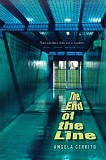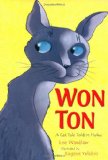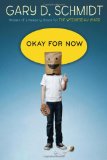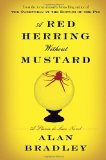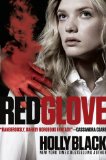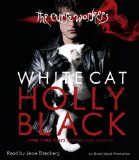Review of The Cazuela That the Farm Maiden Stirred, by Samantha R. Vamos
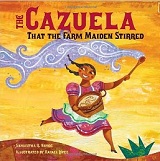 The Cazuela That the Farm Maiden Stirred
The Cazuela That the Farm Maiden Stirred
by Samantha R. Vamos
illustrated by Rafael Lopez
Charlesbridge, 2011. 32 pages.
Starred Review
What an exuberant book! And a beautiful and joyous way to easily learn some Spanish words. Fun to read out loud, too.
The Cazuela That the Farm Maiden Stirred riffs off the idea of “The House That Jack Built” with a cumulative story of making rice pudding, arroz con leche. This one, however, adds the innovative idea of introducing the items and animals in English, but then once you know what they are, using the Spanish words in later recitations.
For example, a couple steps in:
“This is the goat
that churned the cream
to make the MANTEQUILLA
that went into the CAZUELA that the farm maiden stirred.
“This is the cow
that made the fresh milk
while teaching the CABRA
that churned the CREMA
to make the MANTEQUILLA
that went into the CAZUELA that the farm maiden stirred.”
As you can hear, the Spanish words inserted are fun to say, and the chant takes on a musical feel. This book makes you want to read it aloud, and I found myself doing that even as I just read the book to myself to review it. How much more fun it would be to read to a roomful of children or a child on my lap.
But the plot does get more interesting than just the simple cumulative story. After all the ingredients are in the CAZUELA,
“the CABRA gave out spoons,
the GALLINA sang a tune,
the PATO beat a TAMBOR,
the BURRO plucked a banjo,
the VACA shook a MARACA,
and the CAMPESINO and the farm maiden danced . . .
“. . . and no one watched the CAZUELA that the farm maiden stirred.”
Don’t worry! They do get their delicious dish, and the recipe is provided at the back of the book (as well as a glossary and pronunciation guide).
What makes this book absolutely perfect and completely irresistible is the pictures. The best words I can use to describe them are exuberant and joyous. The colors are bright. And the people and animals are happy and completely given over to celebration.
So this book has it all: Something educational, something traditional, a little bit of plot, great fun for the ear, and delightful to the eye. A winner in every way!
Find this review on Sonderbooks at: www.sonderbooks.com/Picture_Books/cazuela.html
Disclosure: I am an Amazon Affiliate, and will earn a small percentage if you order a book on Amazon after clicking through from my site.
Source: This review is based on a library book from the Fairfax County Public Library.
